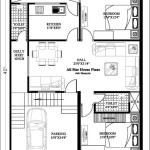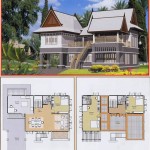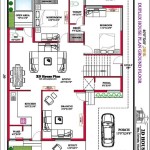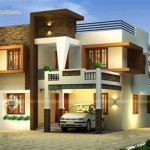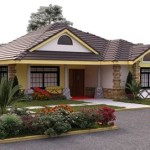Essential Aspects of Passive Solar Design Floor Plans
Passive solar design harnesses the power of the sun to create comfortable and energy-efficient indoor environments. Floor plans play a crucial role in maximizing the benefits of passive solar design by optimizing the placement of rooms, windows, and other elements.
1. South-Facing Orientation: The ideal orientation for a passive solar home is facing south, as it maximizes exposure to the sun's rays. The main living areas, such as the living room and dining room, should be located on the south side of the house to capture the most sunlight.
2. Large Windows and Overhangs: Large windows on the south-facing side allow sunlight to penetrate deep into the house. However, it's important to balance the amount of sunlight with protection from overheating. Overhangs or awnings can be used to shade windows during summer months while allowing sunlight during winter.
3. Thermal Mass: Thermal mass materials, such as concrete, brick, and tile, absorb and store heat from the sun during the day and release it at night. Placing thermal mass strategically throughout the home helps maintain a consistent temperature, reducing heating costs.
4. Insulated Walls and Ceilings: Proper insulation helps prevent heat loss during winter and heat gain during summer. Insulation should be installed in walls, ceilings, and floors to minimize energy consumption.
5. Airtight Construction: Airtight construction prevents unwanted air infiltration or leakage. Sealing gaps around windows, doors, and other openings can improve energy efficiency and reduce drafts.
6. Cross-Ventilation: Cross-ventilation is essential for passive cooling and air circulation. Designing windows and doors on opposite sides of a room allows for natural ventilation, reducing the need for air conditioning.
7. Sunrooms or Atriums: Sunrooms or atriums can be designed as extensions of the living space to capture additional sunlight. These spaces can provide a pleasant environment while reducing the need for artificial lighting.
8. Landscaping: Landscaping can be used to enhance the effectiveness of passive solar design. Deciduous trees can provide shade for windows in the summer while allowing sunlight in the winter. Planting trees to block prevailing winds can also help reduce heat loss.
By incorporating these essential aspects into passive solar design floor plans, homeowners can create energy-efficient, comfortable, and aesthetically pleasing living spaces that maximize the benefits of natural sunlight.

Passive Solar Home In Stoneville Western Coveney Browne Architects

Passive Solar House Plan 2 Bedrms Baths 1418 Sq Ft 146 2710

Passive Solar Plans Unique Energy Efficient Hillside Home

Passive Heating Yourhome

Great Floor Plan For Solar Passive Home In
What Does A Passive House Cost To Build Leanhaus

Building At The Ledge Passive Solar House Design

Passive Solar House Design

Passive Solar House Plan Designed To Catch The Views 640004sra Architectural Designs Plans

Builders Own Passive Solar Home Ecoliving Design


